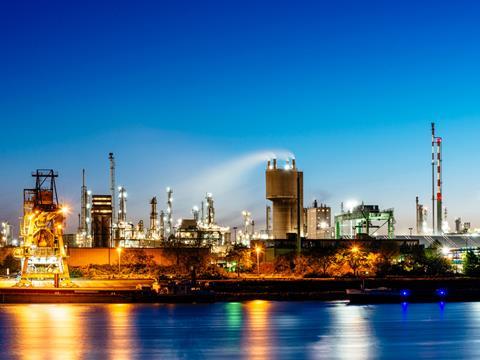
As part of a strategic partnership, BASF and Siemens Energy plan to accelerate the commercial implementation of new technologies designed to lower greenhouse gas emissions.
Several pilot projects are being discussed, and reports suggest that these will be undertaken at BASF’s Ludwigshafen site – one of the largest chemical production sites in the world.
Possible pilot projects include the construction of a PEM (proton exchange membrane) electrolyzer for hydrogen production with an output of 50 megawatts and the possibility of modular capacity expansions, and the installation of a high-temperature 50 megawatts thermal heat pump for generating process steam from waste heat in a production plant.
In addition, a modernization of the power grid at the Ludwigshafen site using digital and CO2-optimized products from Siemens Energy is being evaluated. Further, a study is underway to assess the potential for common system and catalytic converter development in an effort to boost the efficiency of electrolysis plants (PEM electrolysis) and for collaboration in generating electricity from wind energy.
Dr. Christian Bruch, CEO of Siemens Energy AG, comments: “By joining forces with BASF, we want to exploit the experience gained in pilot projects as a basis for the implementation of new technologies and concepts and thus play an active role in shaping the energy transition in the process industry.
“Our strategic objective, in our role as a reliable and experienced partner for all types of energy systems, is to help address the growing demand for goods and services and at the same time contribute towards achieving the climate protection targets on our path to a more sustainable world.”
Dr. Martin Brudermüller, chairman of the board of executive directors at BASF SE, adds: “By cooperating with Siemens Energy, we stand to benefit from the expertise of a first-class partner for implementing our carbon management, a partner with whom we can accomplish projects of a commercial scale.
“At BASF, we want to develop and implement new low-CO2 technologies as quickly as possible. If we want to use such technologies on a large scale, we will need appropriate regulatory framework conditions and targeted support. We need renewable electricity in large quantities for this, and we need it at competitive prices.”










